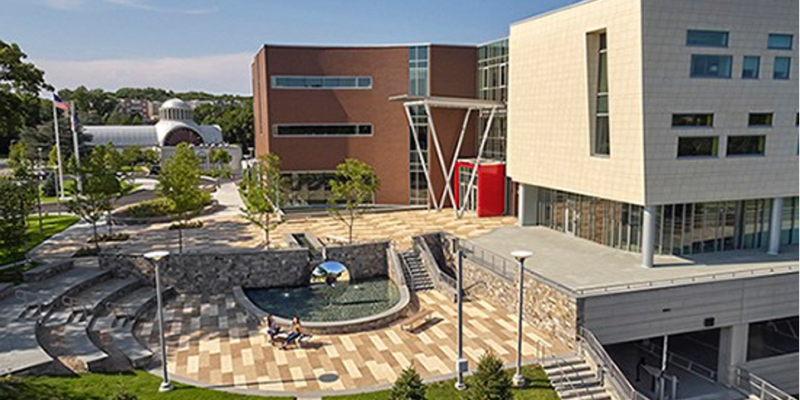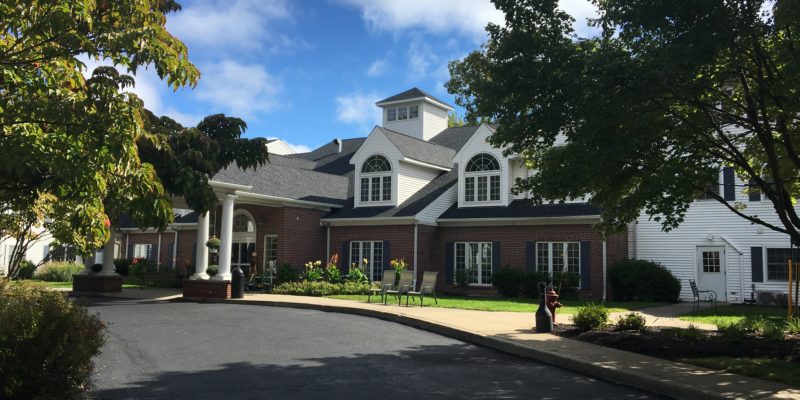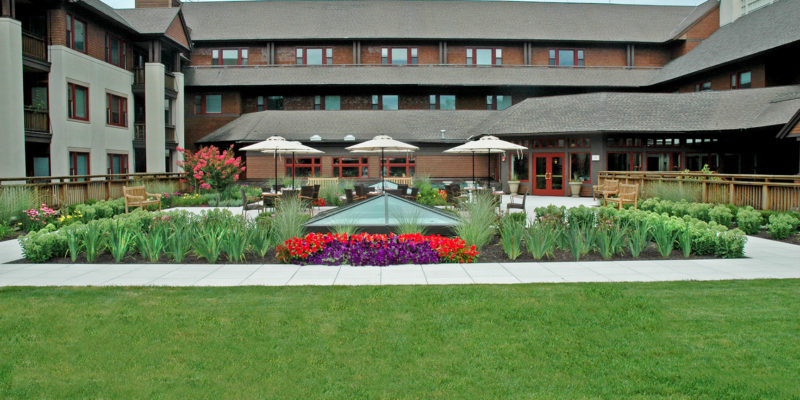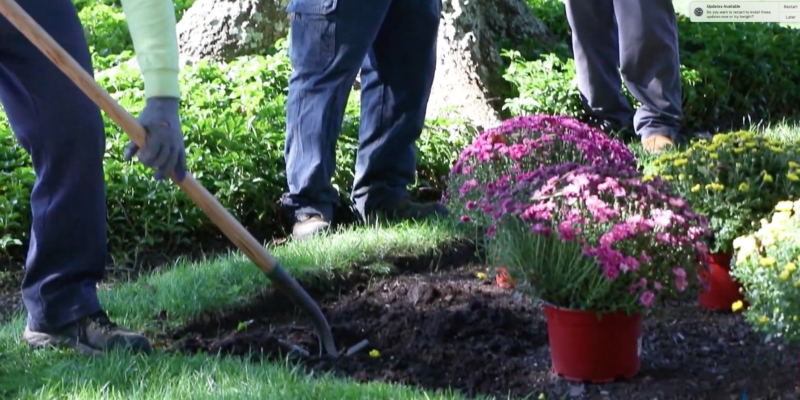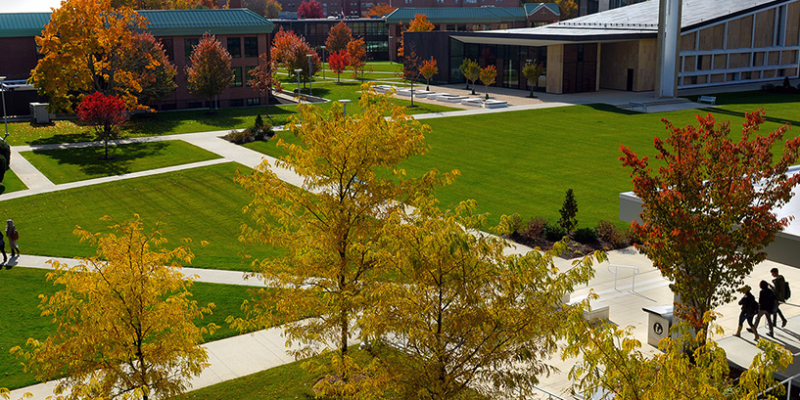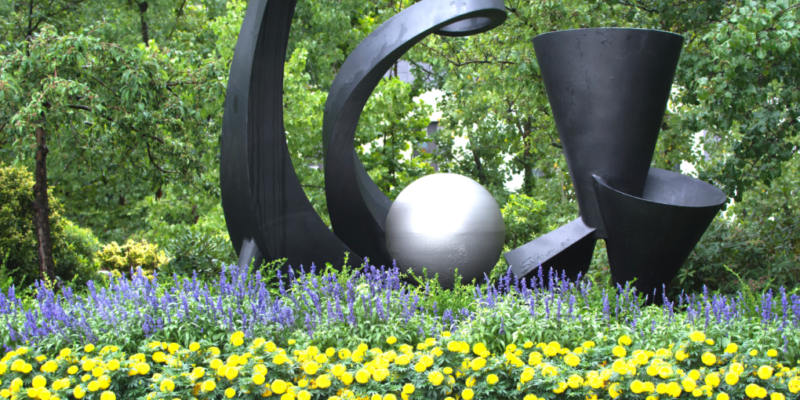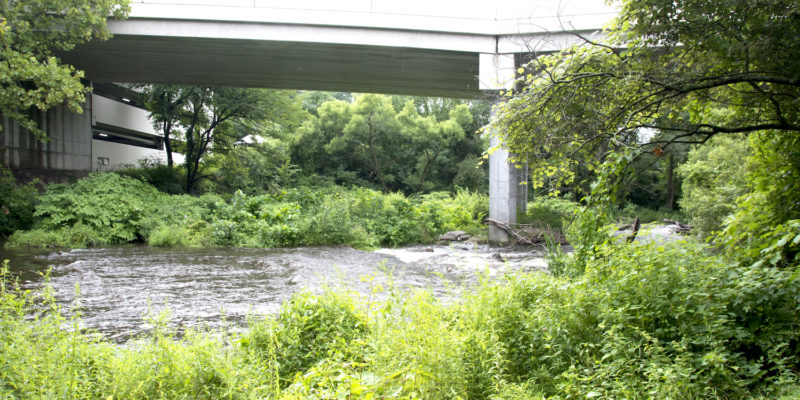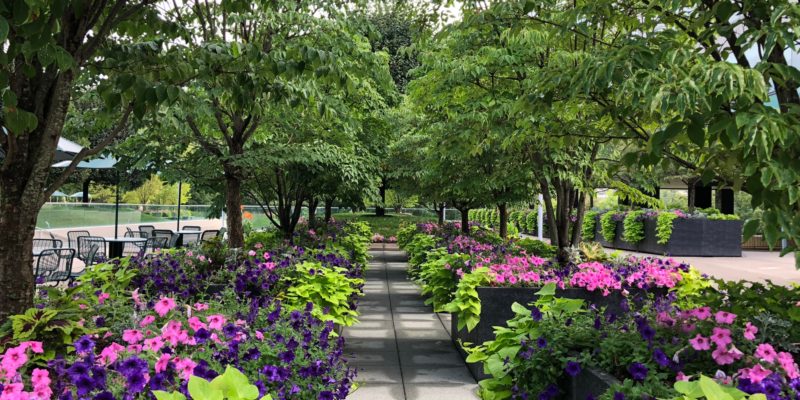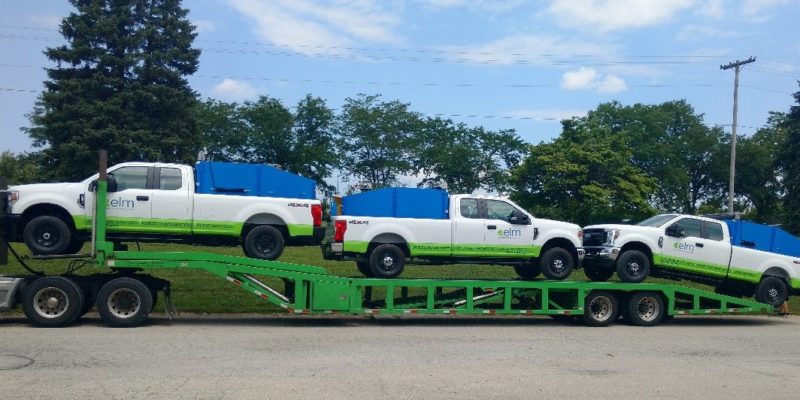From high school seniors seeking an academic environment that supports campus life to parents looking for proof that their tuition dollars are well spent, nothing says ‘welcome’ and ‘value’ faster than a first impression.
Whether it’s campus tours, commencement, first day of school, or a photo shoot for marketing, landscape upgrades are the first line of defense when it comes to putting your campus’ best face forward.
ELM is an experienced partner at creating and sustaining exceptional outdoor spaces, and for nearly 50 years, has built a portfolio of expertise relied on to make your campus feel less like an institution and more like home.
10 ways to improve ROI:
-
- Detailed flowers and beds
- Annual / seasonal flowering plant combinations in school colors
- Fresh mulch and compost
- Shrub and small tree pruning
- Recontouring dated and worn-out areas to freshen and revitalize
- Infrastructure upgrades, stormwater and groundwater filtration improvements to reduce puddling, erosion and mud, and improve pedestrian safety.
- Environmental improvements to meet master plan sustainability goals
- Water management and conservation performance improvements
- Revitalize athletic fields, donor-named buildings, theater courtyards, academic halls and common areas
- Outdoor learning centers, classrooms, and event space
A well-maintained college campus helps raise enrollment. But it takes a dedicated commitment and skilled teams to keep grounds and landscape amenities at the highest standards.
For educational facilities looking to supplement inhouse landscape efforts or looking at outsourcing, ELM has flexible options. These include contracting for need-specific assignments, supplementing and supporting in-house efforts, providing additional services for special events, or taking over the work.
ELM is specialized is serving New England campus environments. From landscape enhancements and amenities to full-service grounds support, water management and snow and ice removal, we are a strong commercial landscaping program for colleges and universities seeking cost-efficient and sustainable performance improvements.
For more information, contact Bruce Moore Jr, at 203-316-5433.
Photo: College of Health Professions, Center for Healthcare Education, Sacred Heart University, Fairfield, Connecticut.

